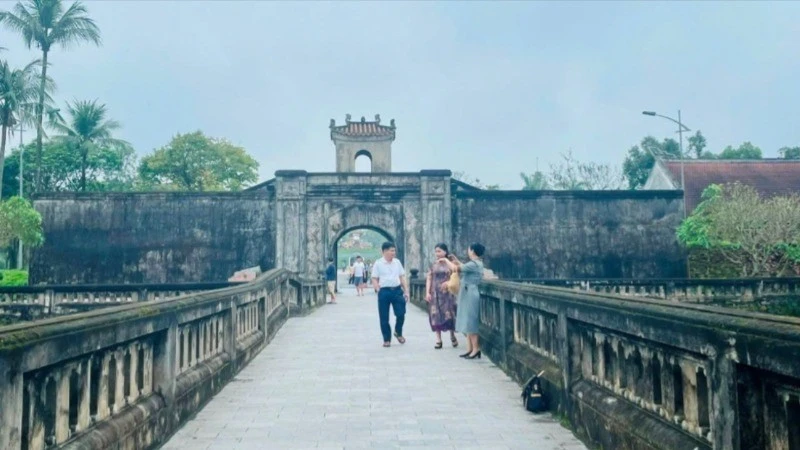
Tourists visit Quang Tri Citadel relic.
Expanding tourism space
According to Resolution No. 60-NQ/TW dated April 12, 2025 of the Party Central Committee, in the coming time, our country will have 34 provinces and cities instead of 63 as at present. The organization of the local government apparatus consists of two levels: Provincial level (province, city directly under the Central Government), communal level (commune, ward, special zone directly under province, city). This makes many people worry that tourism brands that have been positioned and left a long-standing mark may be affected, causing difficulties for communication and destination promotion...
However, according to experts, merging administrative units will bring more opportunities for tourism development, because when resources are brought together, it will create practical conditions to concretize the tourism development policy of localities more effectively.
Associate Professor, Dr. Pham Hong Long, Head of the Faculty of Tourism, University of Social Sciences and Humanities (Vietnam National University, Hanoi) commented: One of the significant advantages after the merger is the ability to strongly promote regional cooperation. The expansion of space and the resonance of tourism resources will be the foundation for tightening the connection and coordination in promotion and infrastructure development, building a rich and mutually complementary chain of tourism products in the same large area.
Sharing the same view, WonderTour General Director Le Cong Nang said: For a long time, the loose connection between some localities and destinations has always been considered a "bottleneck" hindering the development of Vietnam tourism, affecting the diverse and seamless experiences of tourists. However, after the localities merge, it will help form larger tourism areas, creating the basis for developing attractive inter-regional and cross-provincial tourism products.
For example, if in the past, when coming to Tuyen Quang province, tourists mainly accessed tours to learn about revolutionary history, after merging with Ha Giang province, tourists will also be able to explore the Dong Van stone plateau and beautiful mountain passes, combining the experience of both cultural and natural tourism on the same journey.
Similarly, the merger between Binh Dinh and Gia Lai provinces promises to open up a unique sea-mountain journey; or the merger of Lao Cai and Yen Bai provinces also contributes to creating a Northwest tourist strip rich in experiences - where visitors can enjoy the feeling of conquering from Fansipan peak to Mu Cang Chai terraced fields...
According to Mr. Nang, merging provinces and cities is a strategic step in improving the effectiveness of tourism management, helping localities to strongly mobilize resources to implement large-scale and more professional promotion activities, targeting target markets, enhancing accessibility and attracting tourists. The formation of large tourist areas with strong development potential will also attract the attention of investors, making it easier to attract investment, thereby creating leverage for localities to upgrade tourism infrastructure and develop new products and services.
Shaping the national tourism map
Not long ago, the Ministry of Culture, Sports and Tourism sent a document to the People's Committees of provinces and centrally-run cities requesting to keep the names of world cultural and natural heritages, special national relics, national relics, provincial/municipal relics that have been recognized and ranked so as not to change the original elements constituting the relics as well as the historical, cultural and scientific values of the relics; at the same time, update the place names associated with the relics according to the newly arranged administrative units.
Thus, after the merger of provinces and cities, the names of some administrative units will change, but the names of famous places and relics associated with local cultural and historical identities will basically remain the same and continue to be recognized. Moreover, in reality, when choosing a tourist destination, most tourists are often not too concerned about which province it belongs to, but pay more attention to the specific services, products and experiences they can enjoy.
Therefore, experts say that instead of worrying about the disruption of administrative names, it is more important that localities build a synchronous and skillful tourism development strategy to highlight the value of the destination on the tourist itinerary.
According to experts: When the tourism space changes, resources are expanded, tourism development policies of each locality must also be adjusted. For example, Phu Yen province has long developed sea tourism, when merging with Dak Lak province - a place famous for forest resources and Central Highlands cultural identity, the development strategy will have to change to cover outstanding tourism values. From organizational structure to functions and tasks, development policies, organization methods, and provision of tourism service value chains all need to be re-studied for synchronization.
Mr. Long emphasized that tourism is a comprehensive economic sector with high inter-sectoral, inter-regional and socialization characteristics, so localities after the merger must have comprehensive investment solutions to build destination brands, in which it is necessary to focus on investing in cultural resources to highlight their own identity, create differences and increase the competitiveness of destinations.
Mr. Le Cong Nang emphasized that, based on reviewing the system of resources and resources of localities after the merger, it is necessary to develop a comprehensive and synchronous tourism plan. This plan needs to clearly identify key tourism areas, products and inter-regional tourism routes to avoid duplication, ensure connectivity and mutual support between regions. In addition to perfecting mechanisms and policies to support tourism development, encourage investment in tourism, especially for projects to develop community tourism, green tourism, smart tourism, localities also need to have policies to train, foster and improve the quality of human resources to meet the new requirements of the industry.
Nhandan.vn
Source: https://nhandan.vn/co-hoi-but-pha-cua-du-lich-viet-nam-post883933.html




![[Photo] Dan Mountain Ginseng, a precious gift from nature to Kinh Bac land](/_next/image?url=https%3A%2F%2Fvphoto.vietnam.vn%2Fthumb%2F1200x675%2Fvietnam%2Fresource%2FIMAGE%2F2025%2F11%2F30%2F1764493588163_ndo_br_anh-longform-jpg.webp&w=3840&q=75)



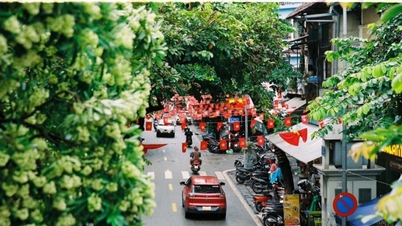

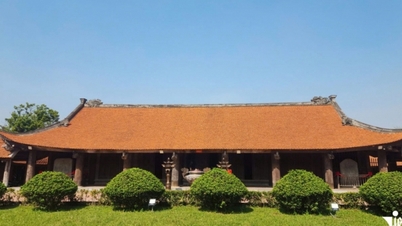



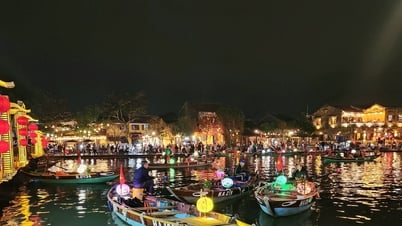
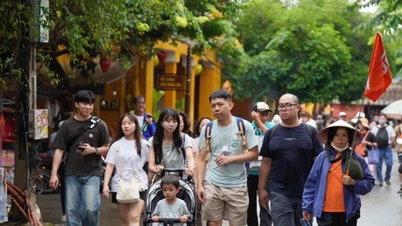


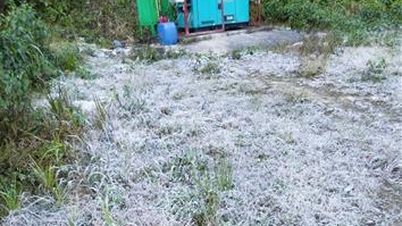



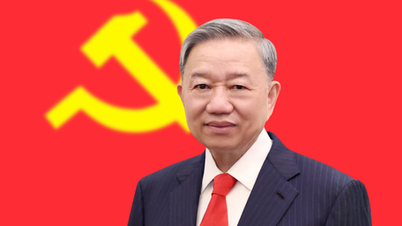
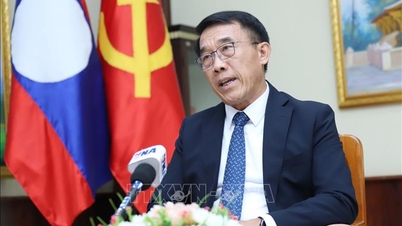
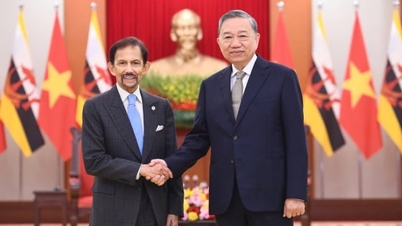

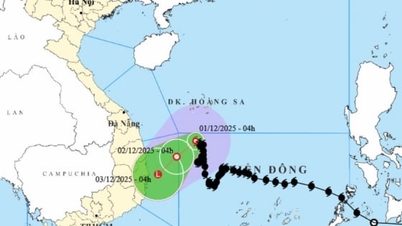
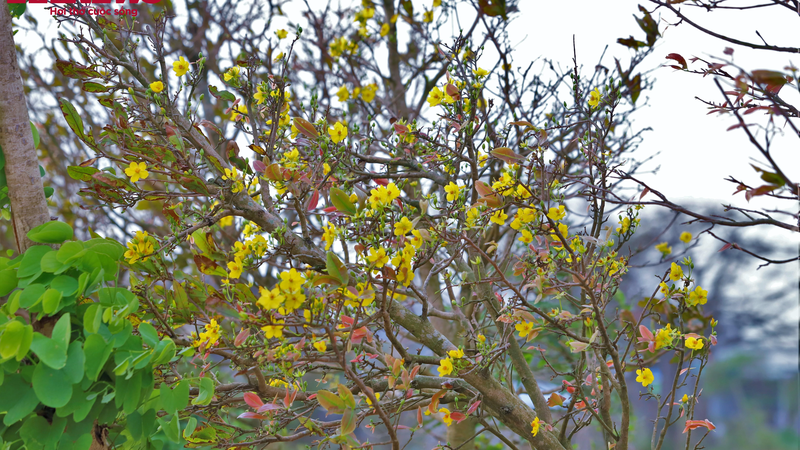



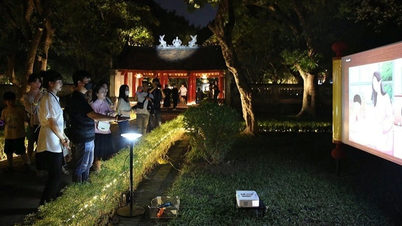
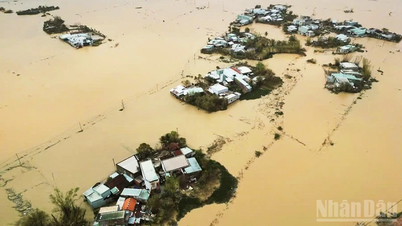

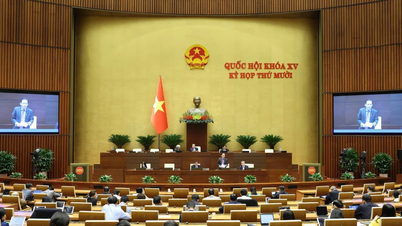

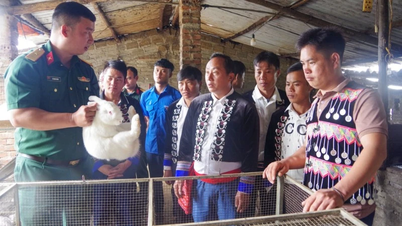

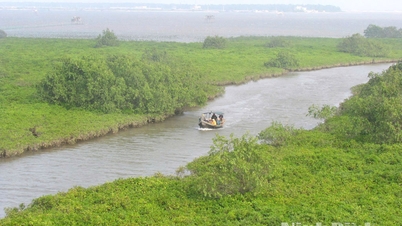

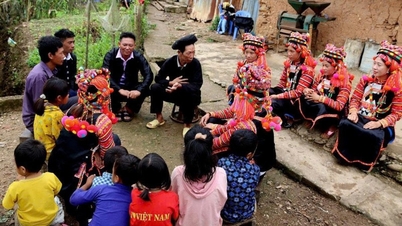
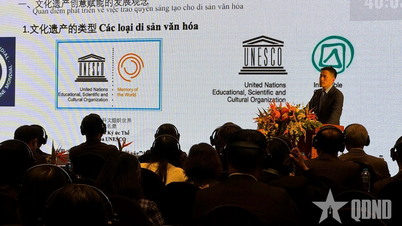

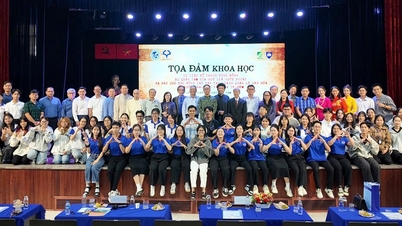

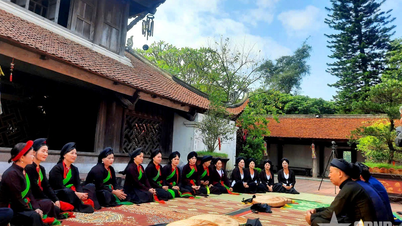








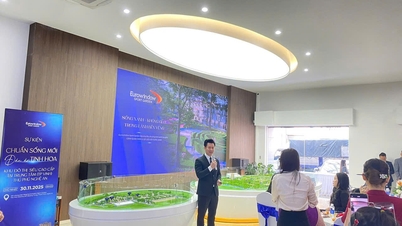

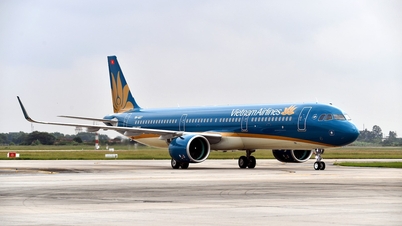









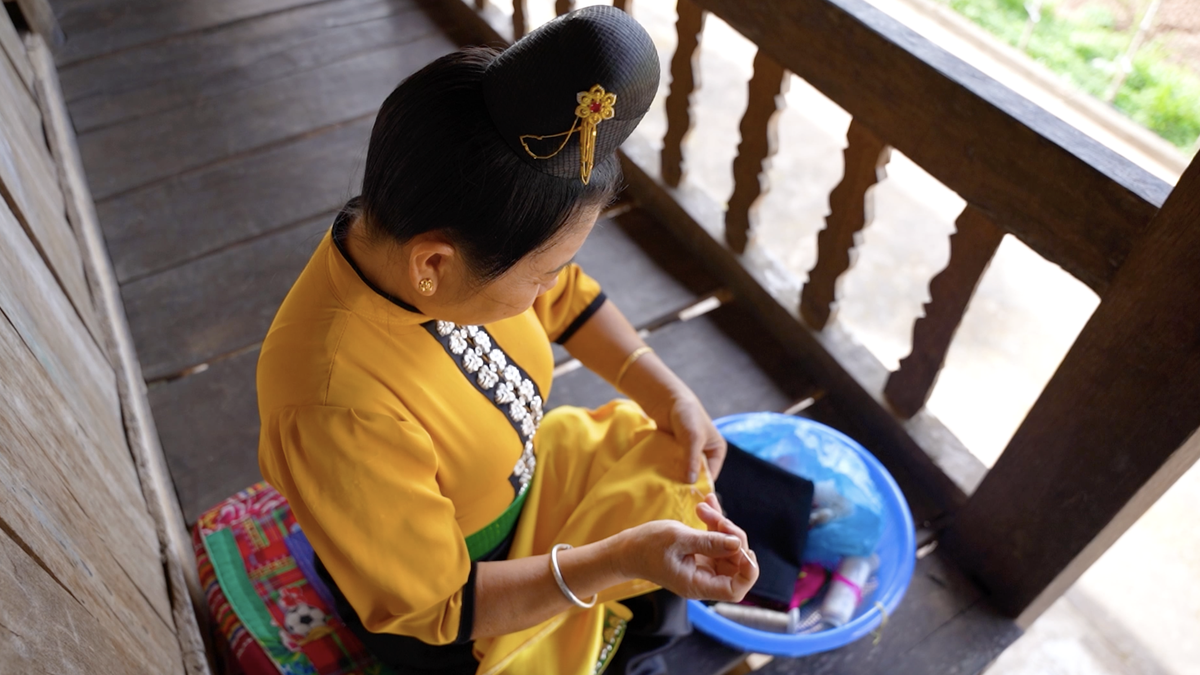
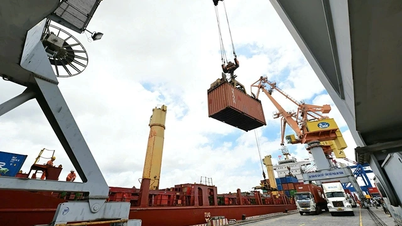




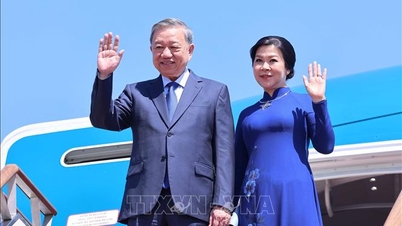




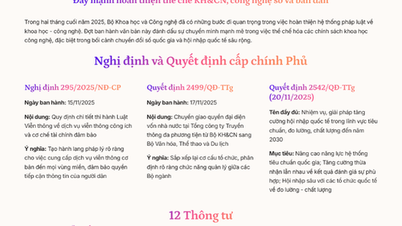

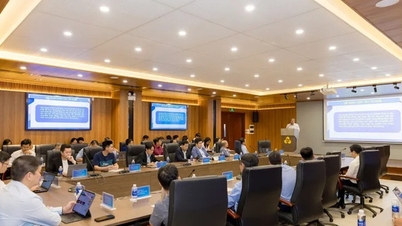




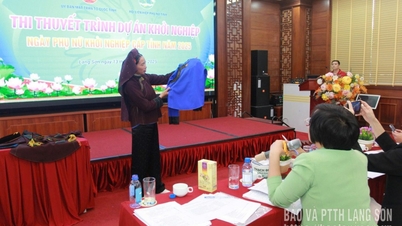

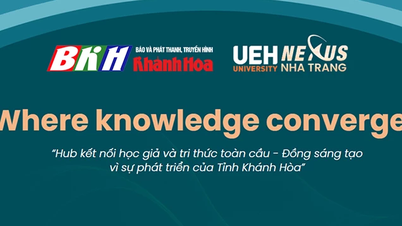

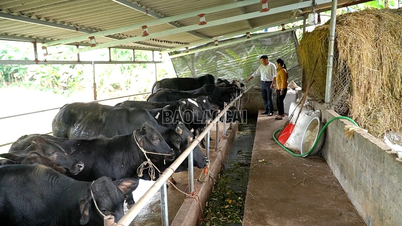



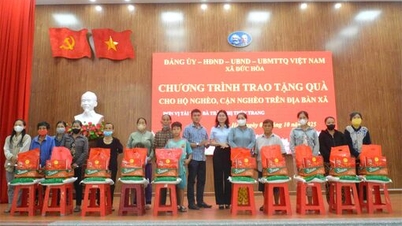







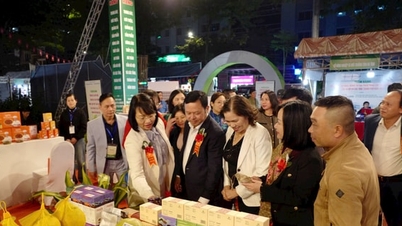
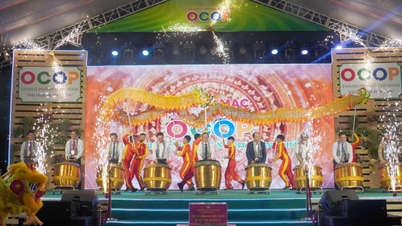

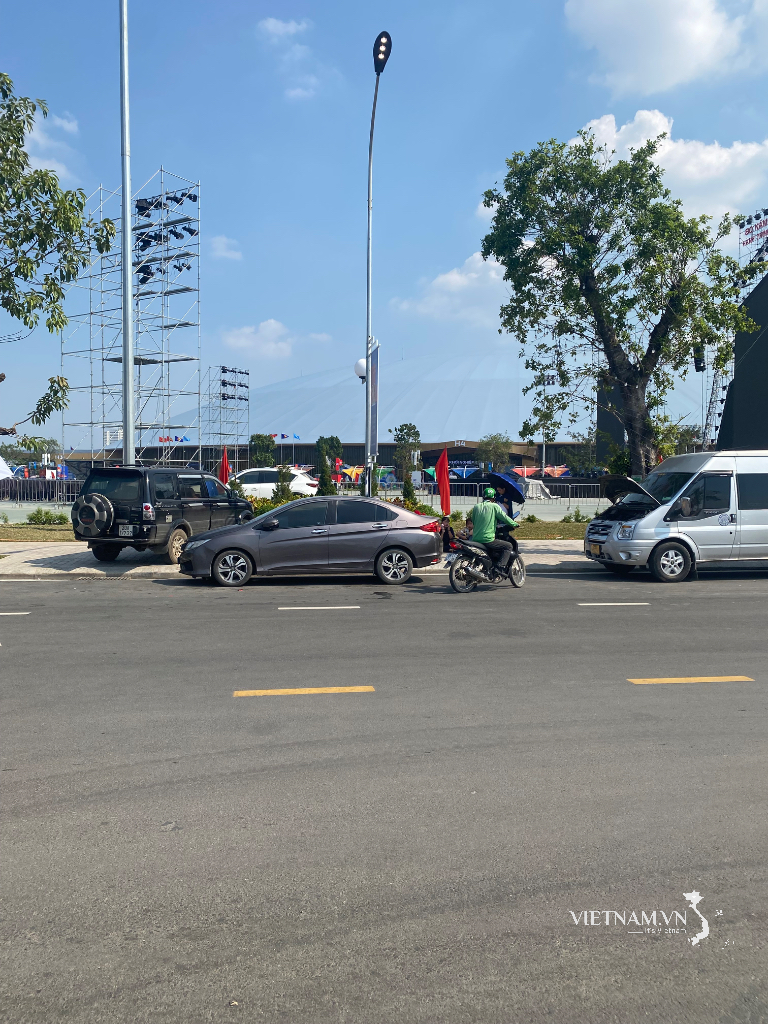

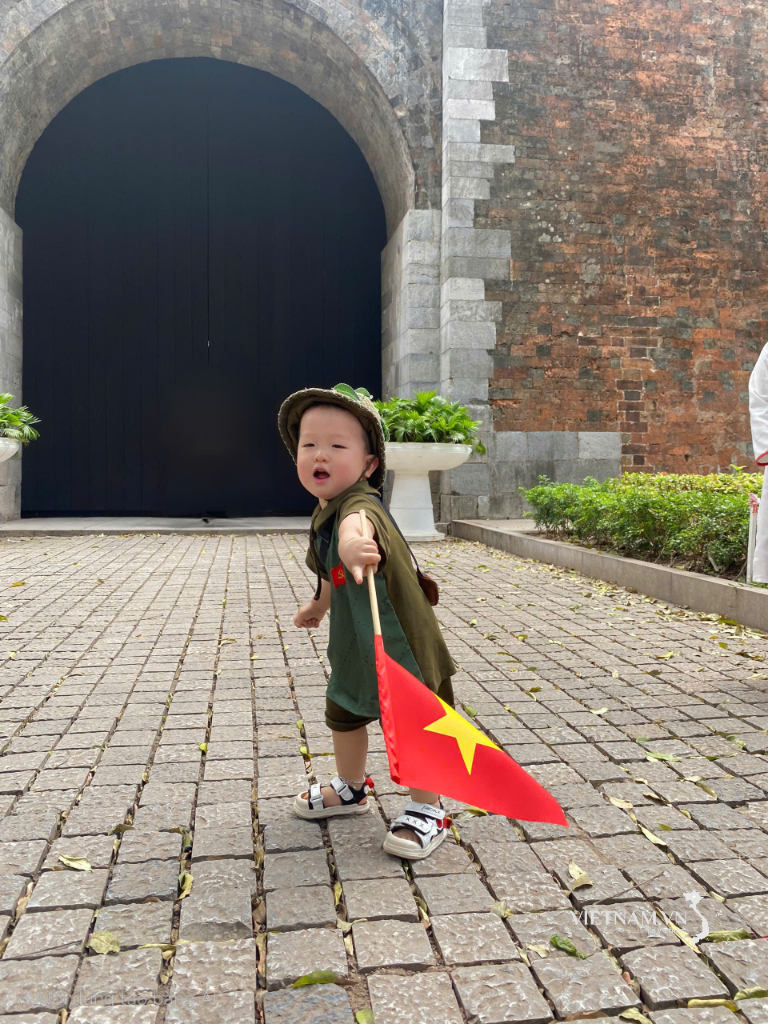

Comment (0)